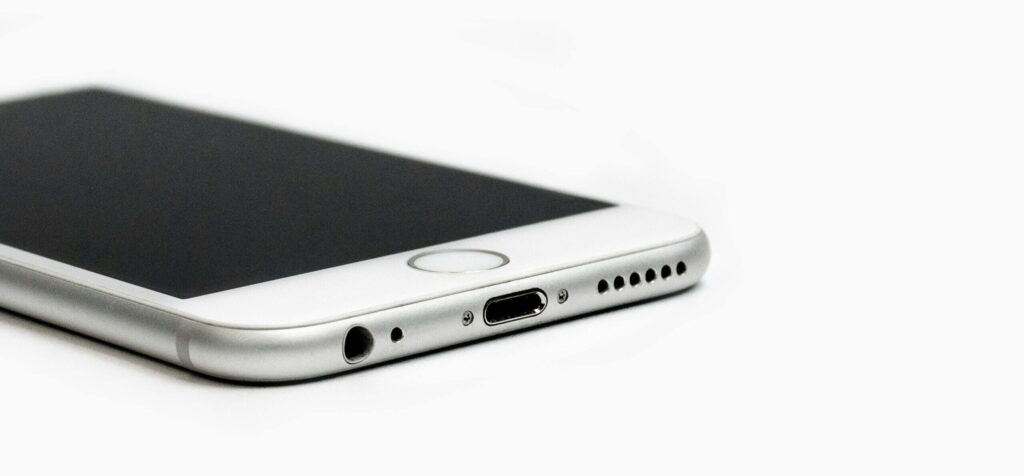Introduction
If you’re planning to choose the right smartphone, you’ll know that it’s no longer just about screen size or camera megapixels. With so many brands, features, and price points available in 2025, making a smart decision requires careful consideration.
Whether you’re buying your first phone or upgrading an older one, this guide will help you choose the right smartphone based on your needs and lifestyle.
1. Start by Understanding Your Usage
Before diving into specs, it’s important to understand how you use your smartphone. Ask yourself:
- Are you focused on photography or social media?
- Do you play heavy games or multitask for work?
- Is battery life your top priority?
- Do you want a device for everyday calling and browsing?
Identifying your top needs helps narrow your options quickly and ensures you’re not overpaying for features you won’t use.
2. Set a Practical Budget
To choose the right smartphone, you must know how much you’re willing to spend. Here’s a simple breakdown for 2025:
- Budget phones (₹10,000 – ₹15,000): Great for basic users
- Mid-range devices (₹15,000 – ₹35,000): Best value for most people
- Flagship models (₹50,000+): Top-tier performance and premium features
Remember, expensive doesn’t always mean better—buy what aligns with your priorities.
3. Android or iOS?
Another key step to choose the right smartphone is picking your operating system:
| Feature | Android | iOS |
|---|---|---|
| Customization | High | Limited |
| App Ecosystem | Vast | Highly curated |
| Updates | Varies by brand | Long-term, consistent |
| Devices | Multiple brands | Only iPhones |
Android gives you variety and flexibility, while iOS offers a streamlined, secure experience. Stick with the one you’re comfortable with—or try something new if you’re ready for a change.
4. Prioritize Display Quality
Your phone’s display affects everything from video watching to web browsing. Look for:
- AMOLED or OLED panels for rich colors and deep blacks
- Full HD+ resolution or higher for crisp visuals
- 90Hz or 120Hz refresh rate for smoother scrolling
- Screen size around 6.5 inches for balanced usage
If you watch movies or play games, display quality becomes even more essential.
5. Evaluate Camera Features
Modern smartphones come with multiple cameras, but that doesn’t mean they’re all good. Check for:
- High-resolution main sensor (48MP or more)
- Ultra-wide and telephoto lenses
- Night mode and AI enhancements
- Optical Image Stabilization (OIS)
- 4K or 8K video recording
Also, read photo samples and reviews—real-world performance matters more than numbers.
6. Battery Life & Charging Speed
Battery is often overlooked until it’s too late. Here’s what to look for:
- Battery size: 4500mAh or more
- Fast charging: 33W–120W
- Battery-saving software: Helps extend usage
- Wireless charging: A premium convenience
For heavy users, choosing a phone with great battery life is crucial.
7. Performance: Processor & RAM
If you multitask or game, choosing the right chipset and memory is essential. Look for:
- Snapdragon 8 Gen 2/3, Apple A17, or MediaTek Dimensity 9200+
- At least 6GB RAM (preferably 8GB or more)
- UFS 3.1 or 4.0 storage for faster file loading
- 5G capability for future-proofing
To choose the right smartphone, prioritize future-ready performance.
8. Storage: Internal & Expandable
Storage needs vary by user. If you:
- Take lots of videos, go for 256GB or higher
- Store music or media offline, look for microSD support
- Prefer cloud storage, consider Google One or iCloud
128GB is the minimum you should aim for in 2025.
9. Build Quality & Durability
Your phone should feel premium and last long. Pay attention to:
- Build material (glass, metal, plastic)
- Gorilla Glass protection
- IP ratings (IP67 or IP68 for water/dust resistance)
- Drop-test ratings, especially for rugged phones
Durability is vital, especially if you don’t use a case.
10. Software Support & Updates
Long-term value depends on software:
- iPhones offer 5–6 years of updates
- Pixels and Android One devices promise 3–5 years
- Other brands vary—check update policies before buying
Regular security patches also keep your data safe.
11. Compare and Research
Use tools like GSMArena, YouTube, and tech forums to compare phones. Read user feedback, watch camera reviews, and use side-by-side spec comparisons.
One of the best ways to choose the right smartphone is by comparing models based on your real-world needs, not marketing claims.
12. Don’t Forget After-Sales Support
Choose brands that have:
- Good warranty policies
- Wide service center networks
- Reliable customer support
Brands like Apple, Samsung, OnePlus, and Google generally offer excellent after-sales service.
Final Thoughts
To choose the right smartphone, you need to think beyond trends. The ideal phone matches your lifestyle, whether it’s for gaming, content creation, work, or everyday use.
As you integrate your new smartphone into daily life, ensure your digital space stays secure. For professional verification and data safety, check out Arnavix, a trusted partner for digital hiring and security solutions.

